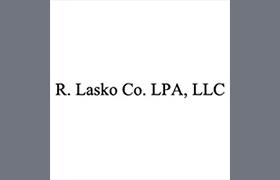LIABILITY
(1) The state of being liable--that is, legally responsible for an act or omission. Example:Peri hires Paul to fix a broken pipe in her bathroom, but the new pi...
(more...)(1) The state of being liable--that is, legally responsible for an act or omission. Example:Peri hires Paul to fix a broken pipe in her bathroom, but the new pipe bursts the day after Paul installs it, ruining the bathroom floor. This raises the issue of liability: Who is responsible for the damage? Peri claims that Paul is responsible, and sues him for the cost of hiring another plumber to fix the pipe and replacing the floor. Paul, in turn, claims that the pipe manufacturer is responsible, because they supplied him with faulty materials. Both Peri and Paul must prove their claims in court; if Paul and/or the manufacturer is found liable, one or both will have to pay damages to Peri. (2) Something for which a person is liable. For example, a debt is often called a liability.
 x
x

 Ronald Lasko Cleveland, OH
Ronald Lasko Cleveland, OH AboutR. Lasko Co. LPA, LLC
AboutR. Lasko Co. LPA, LLC
